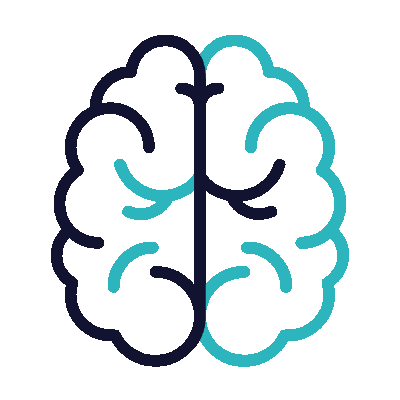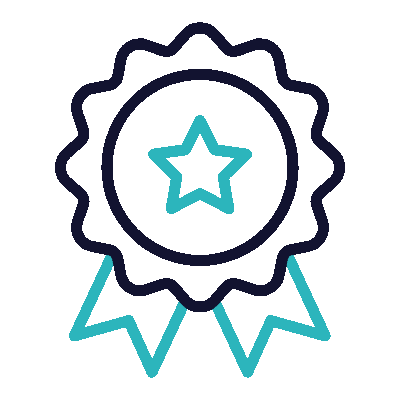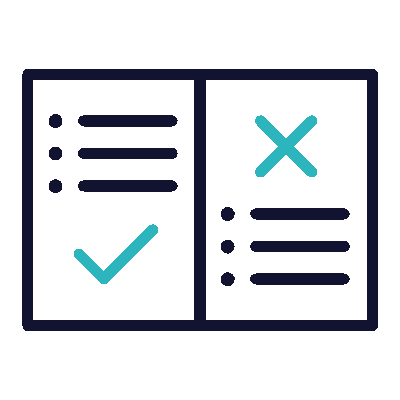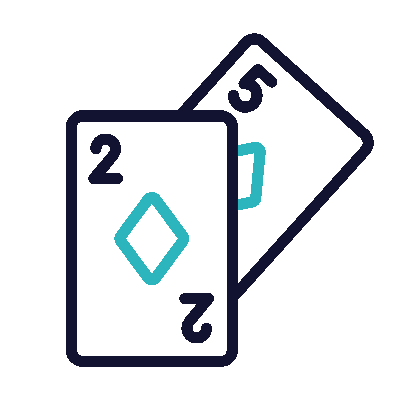

Remali — Building Sustainable Habits Through Gamification & Behavioral Design
UX lead from discovery to MVP launch.
40%
User Engagement (active recycling actions logged)
+50%
Knowledge Improvement (measured via quiz scores)
78%
Verified Recycling Actions (photos or partner validation)
The Trigger
In South Africa, only 7.5% of the population recycle their waste, remains low due to a mix of systemic barriers
-
Lack of infrastructure
-
Minimal education on recycling practices
-
No real incentive for behavior change

REACT saw an opportunity to tackle this by launching Remali— a digital product that would enable and encourage recycling participation by...

Educating those who want to start
recycling

Rewarding people who were already recycling

Building a sustainable behavior loop in communities
💡
How might we
Create a rewarding and accessible way to educate, engage, and motivate communities in Cape Town to recycle more — and more often?”
We grounded the design in real community insights, tapping into React existing recycling network and community data.
🔍 Discovery & Research

Data Review
Mined Reacts usage patterns from existing paper-based incentive program
On-the-ground Surveys
50+ participants across
3 neighborhoods

Competitive analysis
of recycling and reward-based apps
🧠User Personas
We created three primary user personas to guide design decisions
.png)
The Eco Enthusiast
Deeply motivated by impact
"Learning to recycle is a journey, not a destination."
Carla –

The Recycling Novice
Needs education and motivation
"As a mother who would like to start recycling at home, but don't know where and how"
Sarah –

The Convenience Seeker
Needs reminders and easy wins
“I wish i had more time to focus on sustainability"
Brian–

🧠Experience Design
Before moving into high-fidelity design, we tested our low-fidelity wireframes to validate task flows, screen logic, and information hierarchy.
💡 The early feedback helped us avoid overdesigning features users didn't understand — and focus instead on what felt intuitive and motivating.

How the this helped
Streamlined the bottom nav by renaming actions (e.g. "Track" → "Log Recycling")
Reframed learning section as bite-sized, swipeable cards with visuals instead of paragraphs
Clarified verification flow by adding visual cues and step indicators in high-fidelity design
🎨 Brand Identity & Visual Language
We needed a brand system that felt fresh, friendly, and trustworthy — one that reflected both nature and progress.
✨ The design goal was simple: make sustainability feel rewarding, not overwhelming.



✨ Designing for Behavior Change
Our design philosphy was Make Recycling Feel Achievable, Rewarding, and Social
App Features with final UI Design, Prototyping, and Design Rationale & impact post MVP launch
Tracking
Track recycling activities (easily, quickly)
We used prompts like reminders, visual cues, and progress trackers to guide behavior. Each recycling action resulted in a tangible reward or visual affirmation.
📸 Verified Actions
71% of recycling logs included photo proof, indicating that users were willing to go the extra step for credibility and higher rewards


Educate without lecturing
Learn how to recycle (with minimal friction)
Swipeable quiz cards, visual tips, and level-based learning (Bronze to Gold), Gamified learning increased engagement, especially among youth
🎮 Quiz Completion Rate
62% of users completed at least one educational quiz over 4months — indicating curiosity and commitment to learning
Location
Locating recycling spots for ease of accessibilty
📍 Improved Recycling Accessibility By helping users locate nearby drop-off points, we reduced barriers to access — especially important in informal settlements and underserved zones.


Reward good behavior
Earn rewards (for positive behavior)
Tiered reward system based on points earned from recycling + education. Tangible incentives made action feel immediately meaningful
🎁 54% of eligible users redeemed at least one reward, proving that the incentive loop worked
🔎 Usability Testing
We tested two prototype versions with 8 users from different personas.

Tangible Rewards
Users loved seeing instant progress and tangible rewards.

Visual Guides
The recycling "how-to" guides needed to be even simpler (visual cards helped).

Gamification winner
Gamification elements increased excitement without feeling childish.
📊 MVP Metrics & Impact
We kept MVP tracking simple and focused on 3 main success signals
Used Google Analytics for engagement tracking, in-app event tracking for quizzes and activity logs.
📈
User Engagement
+40% increase after launch
(active recycling actions logged)
📚
Knowledge Improvement
+50% improvement
post-education
(measured via quiz scores)
✅
Verified Recycling Actions
70% of actions verified
(photos or partner validation)
Key Take Aways
-
Behavioral design techniques (like gamification and social nudges) can drive sustainable action when applied with care.
-
MVP focus kept our team agile, letting us validate early before scaling complexity.
-
Simple, visual education is crucial when users are uncertain or intimidated.


🪞 Final Reflections

_edited.jpg)